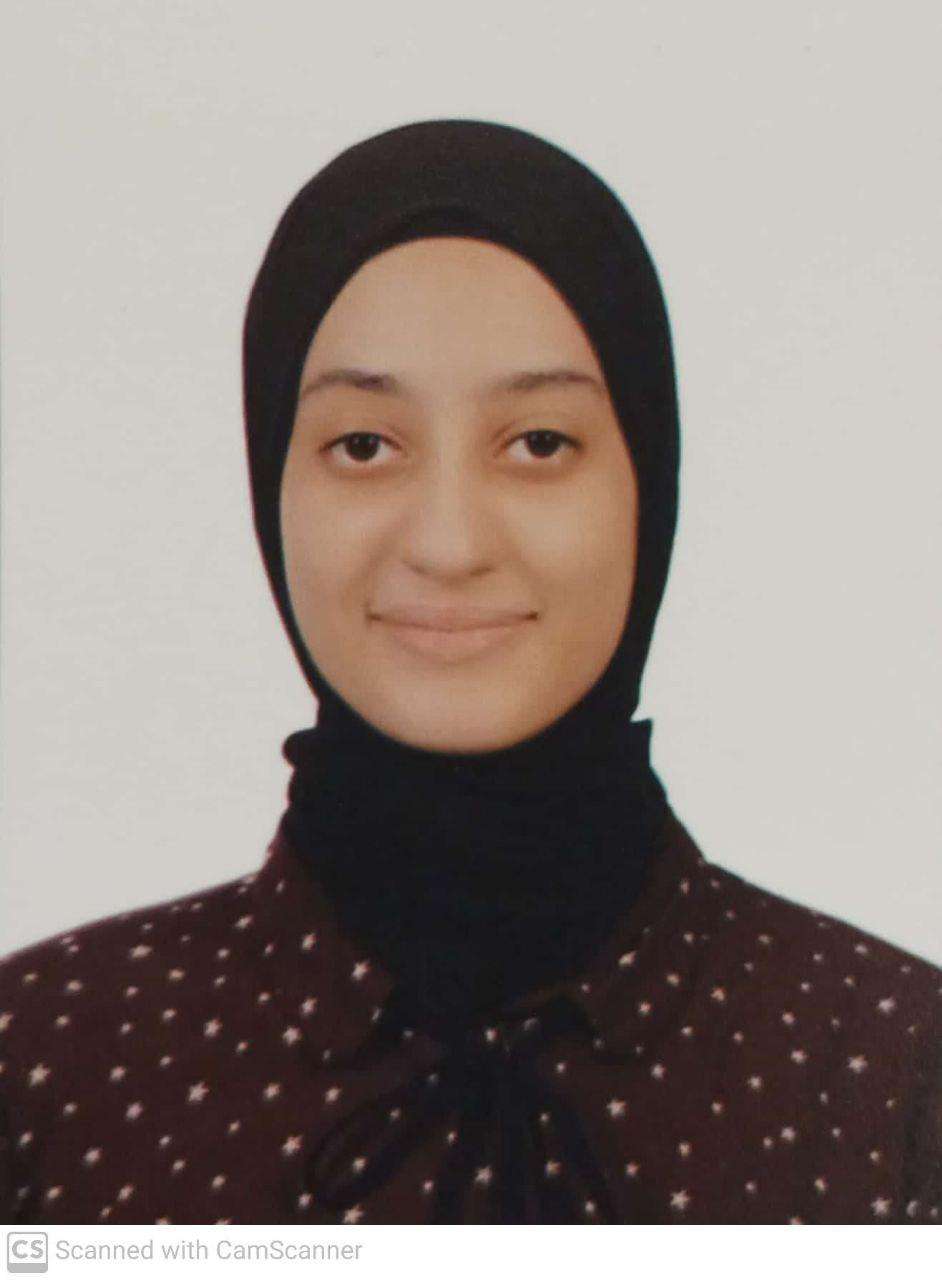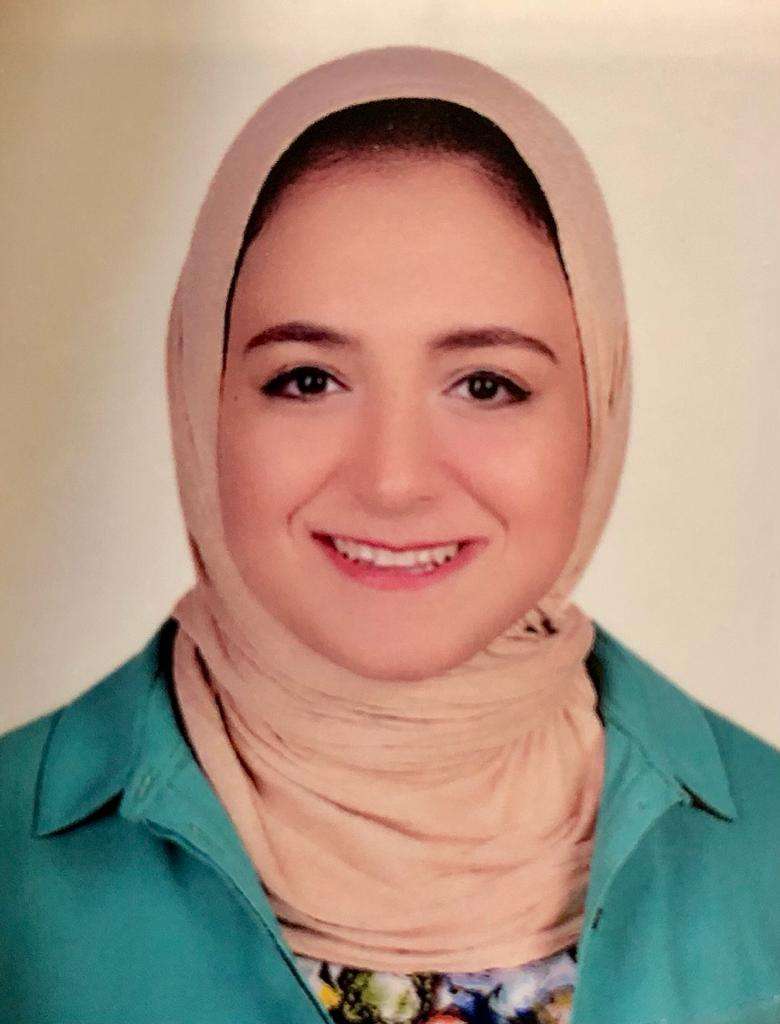One of the observables in the experiment is the multiplicity - the number of secondary particles. The most predominant among them is the multiplicity of charged particles. Experimenters also restore the multiplicity of neutral particles. The main statistical characteristics of multiplicity are its mean value and a variance. pQCD allows us to calculate hard processes and has a hard time with description of hadronization stage. Two stage model offer to add phenomenological hadronization stage and calculate multiplicity distribution for electron-positron annihilation.
Tasks
1) Calculations of multiplicity distribution for neutral and charged particles in e+ e- annihilation at high energy in framework of Two Stage Model (TSM).
2) Acquaintance with the work of the main detectors at the HEP experiments: vertex detector, gase tracker, magnetic spectrometer, electromagnetic calorimeter, just to name a few.
3) Calculation of the factorial moments F_q and the factorial cumulative moments K_q by using MD P_n and/or the generation function G(z).
4) Calculate MD and its average multiplicity for upsilon (bottomonium) decays to three gluons with hadronization.
Preliminary schedule by topics/tasks
1. Study of the operation of electromagnetic calorimeters of homogeneous (crystalline) and heterogeneous ('shashlyk' and 'spaghetti') types.
2. Acquaintance with experimental data on anomalous soft photon yield.
3. Theoretical explanation of soft photon puzzle.
4. Calculate MD and its average multiplicity for upsilon (bottomonium) decays to three gluons with hadronization
Required skills
probability theory and statistical physics, markovian branching processes, e+e- annihilation
Acquired skills and experience
detectors
Recommended literature
1. Giovannini A. Nucl.Phys. B161(1979)429.
2. Kuvshinov V.I., Kokoulina E.S. Acta Phys.Pol.B13 (1982) 533.
3. Niczyporuk, B. Charged hadron production in e+e− annihilation in the Υ and Υ′
LENA Collaboration. Z. Physics C. 1981. Vol. 9. 1-8.






